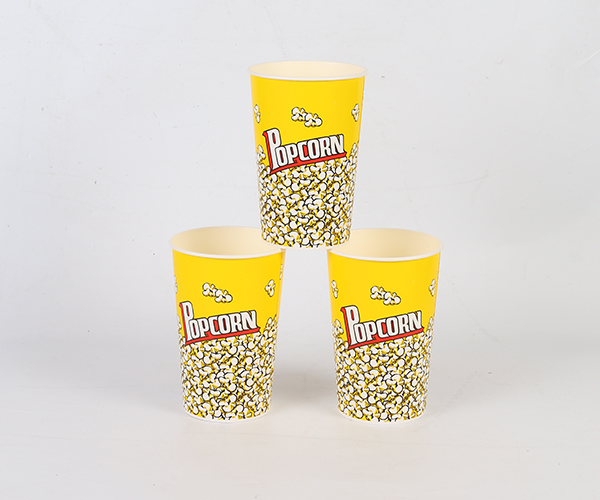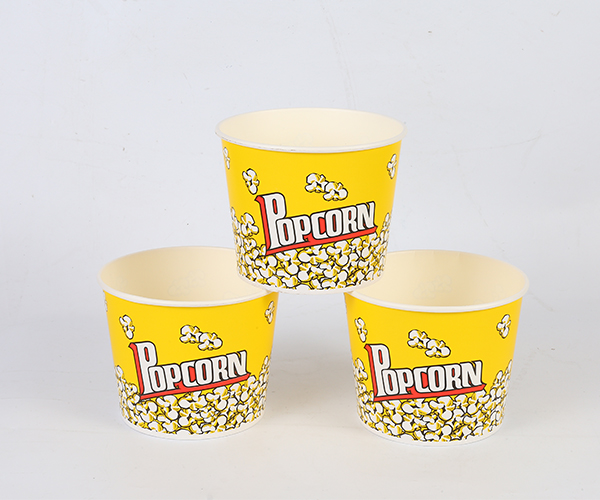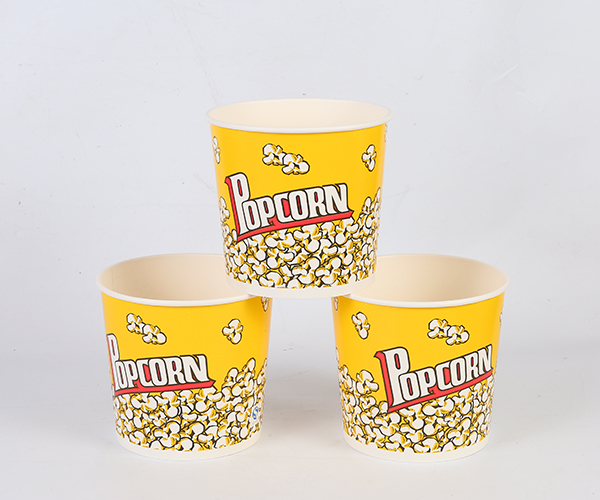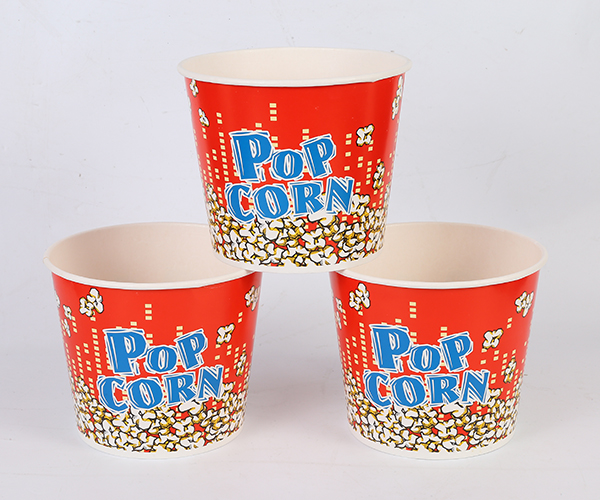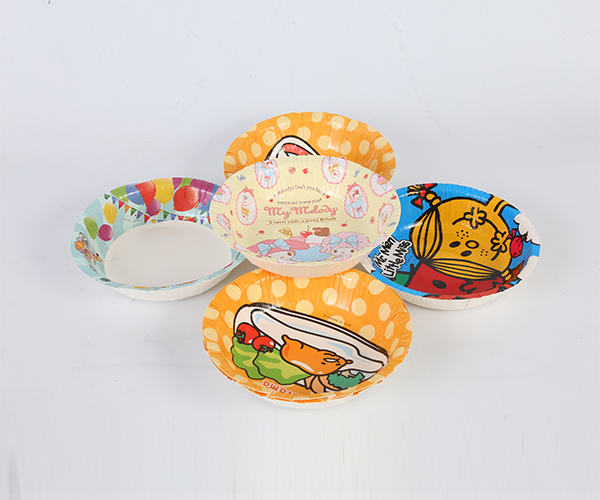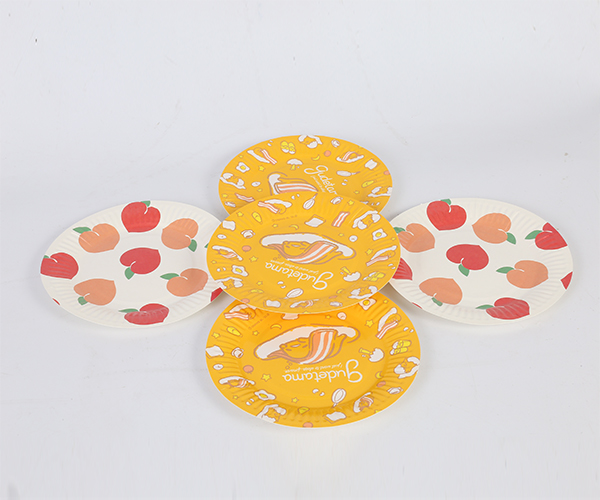Material Composition and Heat Resistance
A Disposable Paper Cup is typically made from food-grade paper with an internal lining to prevent liquid absorption. This lining is commonly polyethylene (PE) or polylactic acid (PLA), which serves as a barrier to moisture and heat. While the outer paper layer provides structure, the inner coating ensures the cup can hold liquids without disintegrating. However, the heat resistance depends largely on the type of coating and the thickness of the paper. Standard cups are usually designed for serving beverages below 90°C (194°F), making them suitable for coffee, tea, or hot chocolate, but less so for boiling liquids or extended thermal exposure.
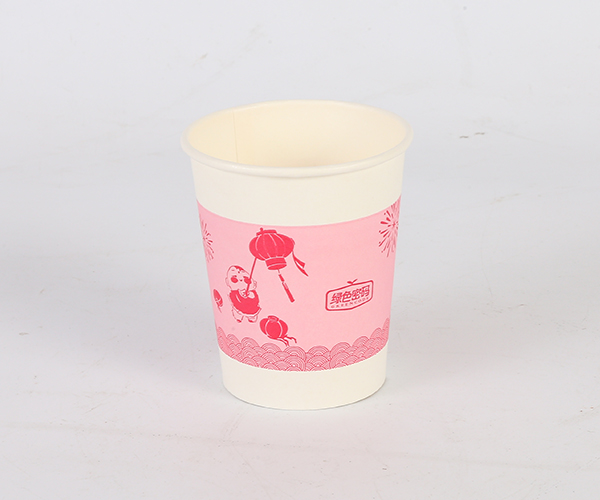
Typical Deformation Thresholds Under Heat
When exposed to high temperatures, paper cups can begin to deform due to the softening of the inner lining or the weakening of the adhesive that holds the cup’s seam. Most commercial cups remain stable up to around 85–90°C. Beyond this range, especially above 95°C or with prolonged exposure, the structural integrity may be compromised. The bottom seam may start to loosen, and the side walls can soften or bulge slightly. In very hot environments or when holding boiling water, thin cups may warp within a few minutes, causing an unstable grip or spillage risk.
Leakage Risk Factors in Practical Use
Leakage in a paper cup usually results not from the paper itself but from a failure in the seal between the cup’s body and its base, or degradation of the lining. If the inner coating starts to melt or separate due to excessive heat, it can create micro-gaps where liquid seeps through. Another contributing factor is cup quality. Lower-grade or unbranded products often use less adhesive or thinner materials, increasing the chance of leaks under stress. In contrast, premium-grade cups with double or reinforced linings are engineered to withstand higher temperatures and reduce leakage risks.
Impact of Duration and Liquid Type
The type of liquid held in the cup and the duration for which it is stored at high temperatures both influence performance. Water alone may not immediately affect the cup, but acidic or fatty liquids, such as lemon tea or milk-based coffee, can interact with the liner more aggressively, especially when hot. Long holding times—more than 30 minutes with high-temperature liquids—can increase the likelihood of deformation and internal leakage, even with good-quality cups. It is therefore recommended to consume hot beverages within a reasonable timeframe to decrease cup fatigue.
Design Enhancements That Improve Heat Tolerance
To counteract deformation and leakage, many manufacturers incorporate design improvements such as double-wall construction, ripple-walled surfaces, or thicker PE/PLA linings. These additions not only enhance insulation but also create a buffer against direct heat transfer to the outer wall, keeping the cup cooler to touch and more structurally sound. Some cups also feature rolled rims and reinforced bases that maintain shape under pressure. These design elements are especially effective in takeaway service or outdoor settings where beverage temperatures can vary more widely.
Real-World Usage Scenarios and Performance
In cafes, offices, and catering settings, paper cups are frequently exposed to near-boiling liquids. Most standard single-wall cups perform well under normal use, especially when hot drinks are consumed promptly. However, in high-heat environments such as food trucks, factories, or outdoor events under intense sunlight, cups may weaken faster. Users in such contexts often opt for double-wall or insulated paper cups, which provide better performance and avoid accidental deformation or seepage that could compromise safety or comfort.
Conclusion: Heat Limits Exist, But Can Be Managed with Quality Selection
In conclusion, while a Disposable Paper Cup can handle moderate heat effectively, it is susceptible to warping or leaking when exposed to temperatures or long holding times. Factors such as material quality, design reinforcement, and type of beverage all influence its performance. By choosing high-grade, heat-resistant cup designs and using them within their recommended thermal limits, consumers and businesses can enjoy the convenience of disposable cups without sacrificing reliability or safety under high-temperature conditions.


 English
English 中文简体
中文简体
